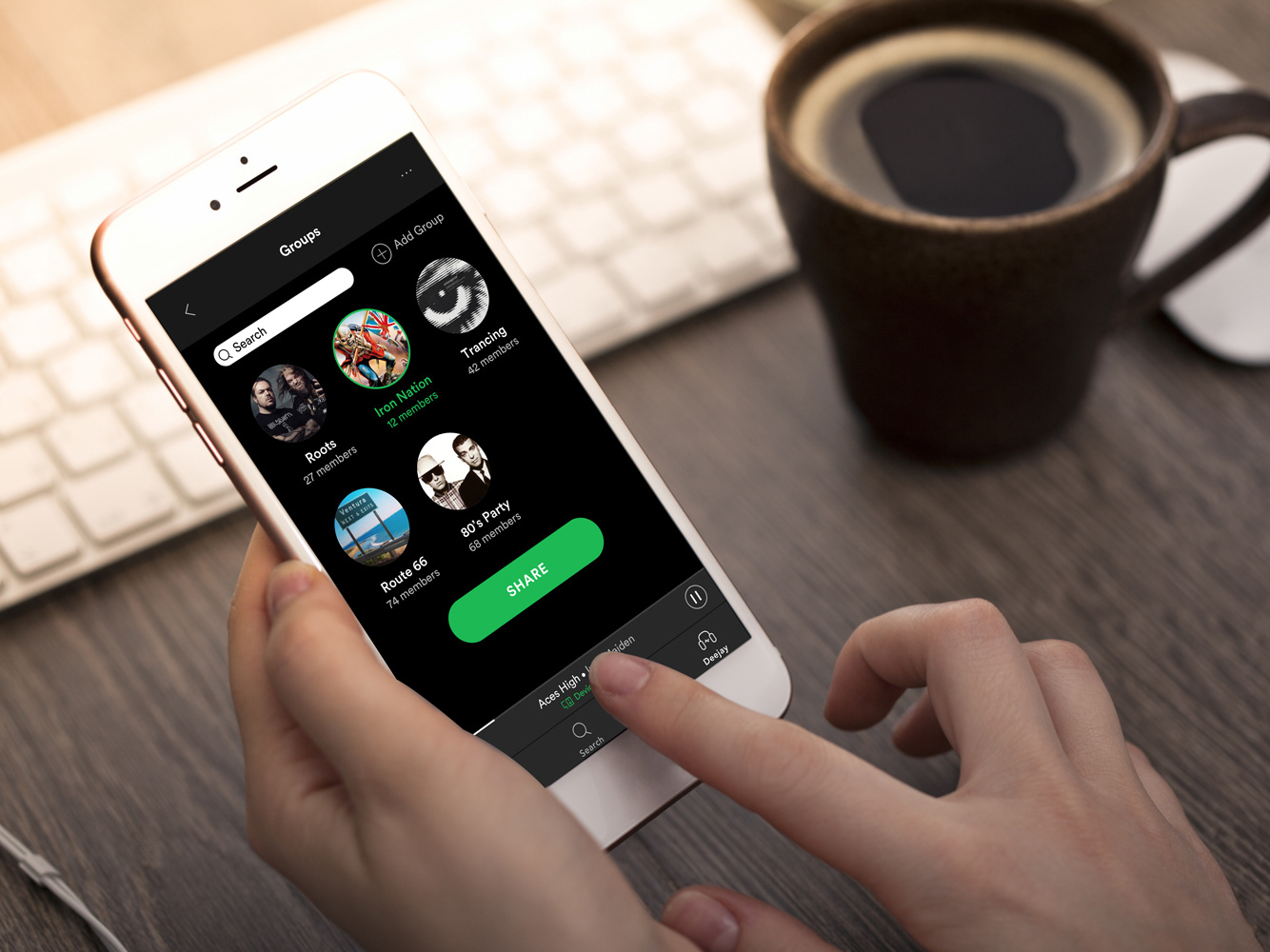About the project
Asthma is the most common chronic disease in children under 18 years of age. It currently affects over 6 million kids worldwide and its severity can be divided into four groups: intermittent, persistent-mild, persistent-moderate and persistent severe. This is an attempt to come up with a solution to improve the lives of kids and their parents.
Research
Project Goals
• Identify the challenges parents face with identifying asthma triggers
• Identify the challenges they face when an episode is about to happen or happening
• Come up with a solution on a mobile platform and the Apple Watch platform.
Interviews
I conducted contextual interviews with two groups of parents of children with asthma. It was extremely interesting to learn about their pain points and struggles regarding their experiences with current detection methods and technology.
Problems and Findings
• All participants struggled in the early years of their children in different levels.
The daycare phase was particularly challenging due to the constant exposure to kids being sick all the time and that was when the episodes occurred frequently.
• Initially, participants had an extremely hard time trying to learn and diagnose when an episode
was in progress and that often led to not reacting fast enough and the child having to go to
the hospital.
• The use of an oximeter (to measure oxygen saturation of the blood) was never suggested to
any of the participants by health or medical staff.
• All participants where very vocal about the frustration of always having to be reactive and
not having a way to better anticipate when their child is at a higher risk of an episode.
• Participants also mentioned that since they have no way of knowing if their child’s condition is improving or getting worse during the night it directly impacts their sleep quality and their ability to react.
Strategy
With data from our interview session I developed a joint persona and empathy map of a couple since they share the same main needs and frustrations.
Following the creation of the persona and empathy map I came up with a possible user scenario that utilizes one of the strong points of this product, the ability to quickly detect when an asthma attack is in its initial stages so that the parents have enough time to react.
UX, UI & Visual Design
Wireframes - Mobile and Apple Watch
Based on the research findings and storyboard I created these wireframes depicting the functionalities of the alarm feature that occurs when one of the vitals is below normal levels. It shows the user information about the problem and enables them to log the medications used and continue monitoring the situation.
Prototyping
I created a working low fidelity Apple Watch prototype based on my drawings in Sketch and InVision, and conducted a few rounds of user testing to gather feedback.
High Fidelity Apple Watch Prototype
With the insights acquired from testing the initial prototype I created all the high fidelity screens and built a working prototype.
One of the key features of feedback was that since the inhalers are usually color coded it would be great to have a way to incorporate that on the app. To achieve this goal I utilized the inhaler color for each medication name. Blue for Flovent and orange for Ventolin.
One of the key features of feedback was that since the inhalers are usually color coded it would be great to have a way to incorporate that on the app. To achieve this goal I utilized the inhaler color for each medication name. Blue for Flovent and orange for Ventolin.
High Fidelity Static Mobile Prototype
Since one of the project goals was to also make a mobile version of the Aria app I created these screens to showcase it being used on a mobile phone.
Reflections
Initially It was very difficult to figure out what features to incorporate on this app due to the time constraints of the project and the overwhelming possibilities. The interview and research phases helped immensely in directing focus to one possible use.
This project was incredibly humbling and gratifying. Parents felt very emotional about their child’s situation during the interviews and it was humbling to see them sharing some of their personal stories so willingly and how enthusiastic they felt about testing the prototypes. It was an incredible opportunity to be able to participate in a product that can directly benefit the quality of life of so many people, especially children.



